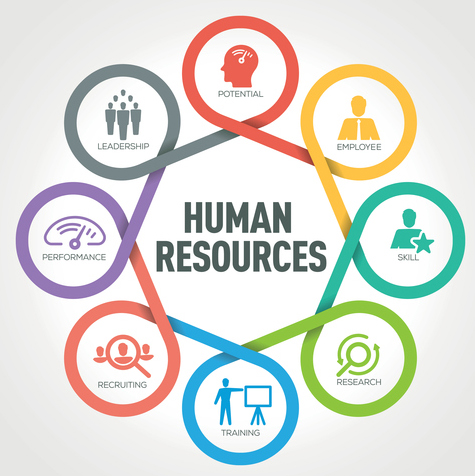
Human Resources infographic with 8 steps, parts, options
The Evolution of HR From Compliance to Strategy in the Pursuit of Employee Experience Human Resources (HR) is undergoing a transformative rebranding, shedding its traditional image and emerging as a strategic powerhouse with roles such as “employee experience” and “people operations.” This shift marks a departure from the historical perception of HR as a fallback career, now attracting professionals seeking meaningful, people-centric roles.
A Historical Shift: HR’s Appeal Transcends Tradition
Once viewed as a secondary career choice, HR is now positioned as a dynamic field appealing to a diverse workforce. The evolution extends beyond a mere name change, with the industry transitioning from compliance-focused functions to strategic roles integral to overall business operations.
Expanding Scope: Beyond Compliance to Strategic Business Functions
The modern HR landscape is characterized by an expanded scope that goes beyond mere compliance. Strategic, analytical, and business-oriented roles are becoming the norm, positioning HR professionals as key contributors to organizational success. This shift aligns HR with broader business objectives, emphasizing the critical role it plays in shaping company culture and driving employee engagement.
Surge in Interest: HR’s Growing Popularity
LinkedIn data reflects a remarkable 20% growth in HR roles, marking them among the fastest-growing positions in the job market. This surge in interest signifies a recognition of the evolving nature of HR, with professionals increasingly drawn to the prospect of making a significant impact on employee experiences and organizational outcomes.
Diverse Talent Influx: Driving Positive Transformation
The positive transformation of HR is further propelled by a diverse influx of talent. Professionals from varied backgrounds are now finding their place in HR, contributing fresh perspectives and innovative approaches. This diversity not only enriches the industry but also reflects a commitment to inclusivity and understanding the diverse needs of today’s workforce.
Conclusion: HR’s Renaissance as a Strategic Pillar
The rebranding of HR, marked by the shift towards strategic roles and a diverse workforce, signifies a renaissance for the industry. As organizations recognize the pivotal role HR plays in shaping employee experiences and driving business success, the appeal of HR careers continues to grow. This transformation positions HR not only as a key player in people operations but as a strategic pillar essential for navigating the complexities of the modern workplace.

